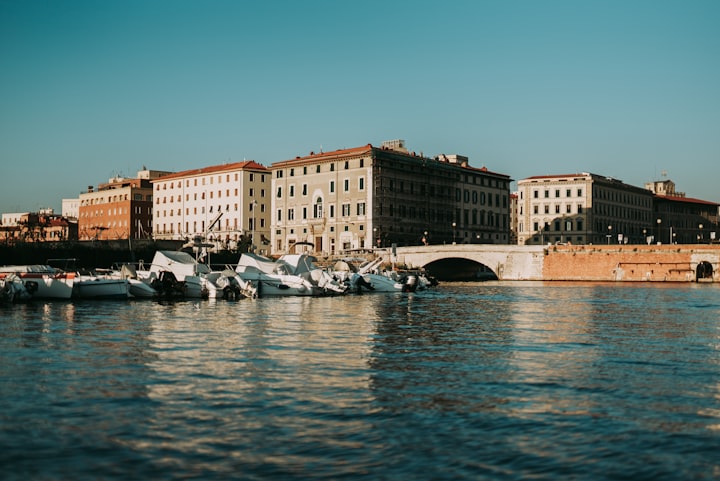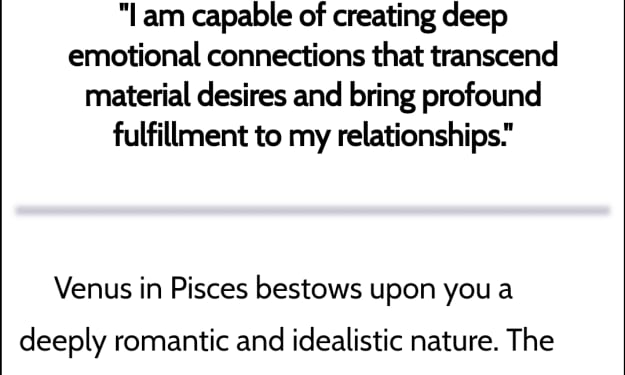Giuseppe Benassi, "Occhi senza pupille"
A crime story about Modigliani

The “Eyes without pupils” in the title are those portrayed by Amedeo Modigliani, eyes that do not look outward but inward. This is what the lawyer Leopoldo Borrani does, who works in the city where Modì was born, Livorno, hating and loving it at the same time. Borrani moves between an office in Via Borra and a café in Piazza Cavour. Too bad only for those protagonists who, rather than Livornian, speak Florentine. Giuseppe Benassi, the author of the novel, is in fact from Livorno only by adoption and linguistic mimesis is not entirely successful.
Borrani has his city in his blood but he feels its “smell”, perceives its degradation, made up of characters who in turn seem to have come out of a painting by Sickert, to remain in the pictorial sphere. Characters for whom life has already ended, illusions are dead, despair is lurking. So is Corinna Repetti, an antiques dealer, who recalls the concierge in “L’eleganza del riccio”, slovenly, pissy, but with her hidden dignity to illuminate her from within, to obtain for her, unlike the character of Barbery, a well-deserved happy ending. So is Eustachio Bernardi, sweaty commendator, ungainly suitor of Corinna, so is the squalid Mafhuz, young Moroccan husband of Corinna.
Around the figure of Corinna, already starting from her name which refers to that of Modigliani’s cousin, revolves an “other” world, made up of coincidences, references and cross-references, mysterious plots.
He “was moving in a mysterious world, where everything that happened was inexplicable, unexpected, and where anything could happen. Around him, everything was visible yet elusive.”
The pupilless eyes are also the glass eyes of Corinna’s dolls — which are so reminiscent of Marinetti’s electric dolls — the same eyes that will show her the way, allowing her to get out of; but also the dull eyes of the blind Indian woman, and again the eyes sung by Lautrémont, the poet whom Modigliani loved and who exerted a fundamental influence on surrealism. This referral to something else, to a parallel universe, coincides for Borrani with looking inside himself, descending into the underworld, discovering his own mysterious sides, his relationship with death, with the afterlife, but also with the woman he frequents, Marianna Messori, his beloved and unloved, tolerated and not tolerated, which, in turn, will reveal unexplored corners, introducing him to the mysterious and shining world of Modigliani’s art capable of sparkling only “through the darkness”.
A good half of the novel takes place in Paris, where Modigliani lived a cursed existence, ending up buried in Père Lachaise at the age of just thirty-five. Modigliani “painted in a trance, often under the influence of alcohol or drugs. The blank canvas was like the wall onto which Lautrémont saw a profile projected”. Being portrayed by him was like having your soul stripped.
“At the beginning of the twentieth century, Paris was a den of magicians, occultists, people who spent their time in séances”. And, by association of ideas, we are reminded of the gloomy scenarios of “The Prague cemetery” by Eco.
In Paris, in the first twenty years of the twentieth century, all the avant-gardes were born, where the alchemists, the cabalists, but also the cubists and the futurists operated. Modì’s painting mixes the elements of alchemy: earth, stone, water, fire, colour. One of his mistresses is a pupil of Madame Blavatski, her paintings are full of symbols — like Leonardo’s paintings according to Dan Brown. His annotations recall the androgynous, the union of the masculine and the feminine, the Gnostic syzygies, Hermes Trismegistus, the number of the Beast and the Apocalypse, the golden section. In particular, the latter is “the closest thing to God, unique and immeasurable”. The golden section contains the secret of harmony, it is found in nature and in all the works of the greatest artists, from the pyramid of Giza to the sculptures of Phidias, from the Parthenon to Piero della Francesca.
Modigliani, a Jew from Livorno, imbued with esotericism and cabala, is trying, Benassi suggests, to interpret God through his own work.
The plot captivates us almost in spite of ourselves, it intertwines and unravels up to the non-obvious conclusion that “fortune smiles on those who don’t seek it”, all in a style that alternates a traditional way of narrating with other more concise, modern, made of quick dialogues, jokes, descriptions that seem like notebook notes.
About the Creator
Patrizia Poli
Patrizia Poli was born in Livorno in 1961. Writer of fiction and blogger, she published seven novels.






Comments
There are no comments for this story
Be the first to respond and start the conversation.